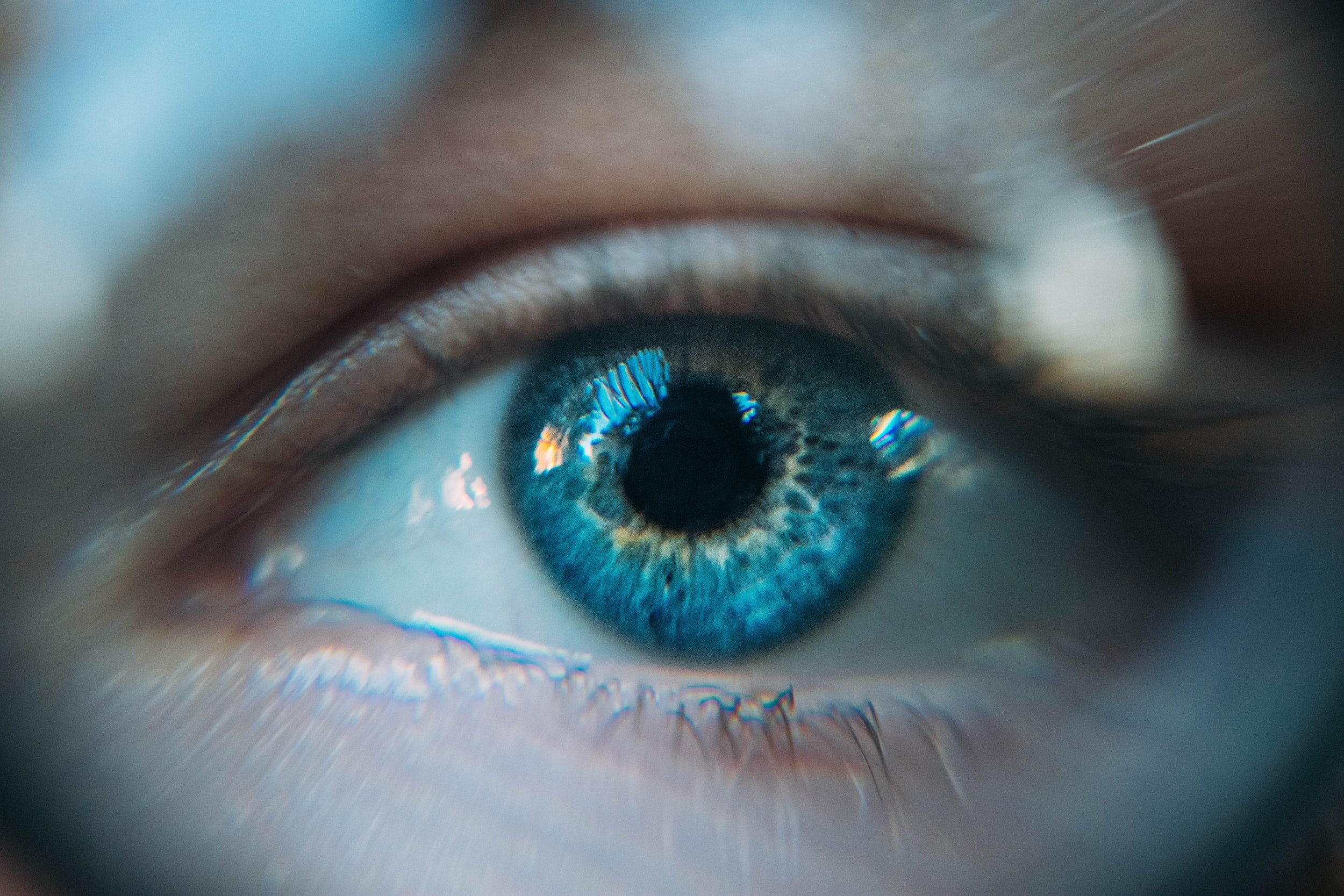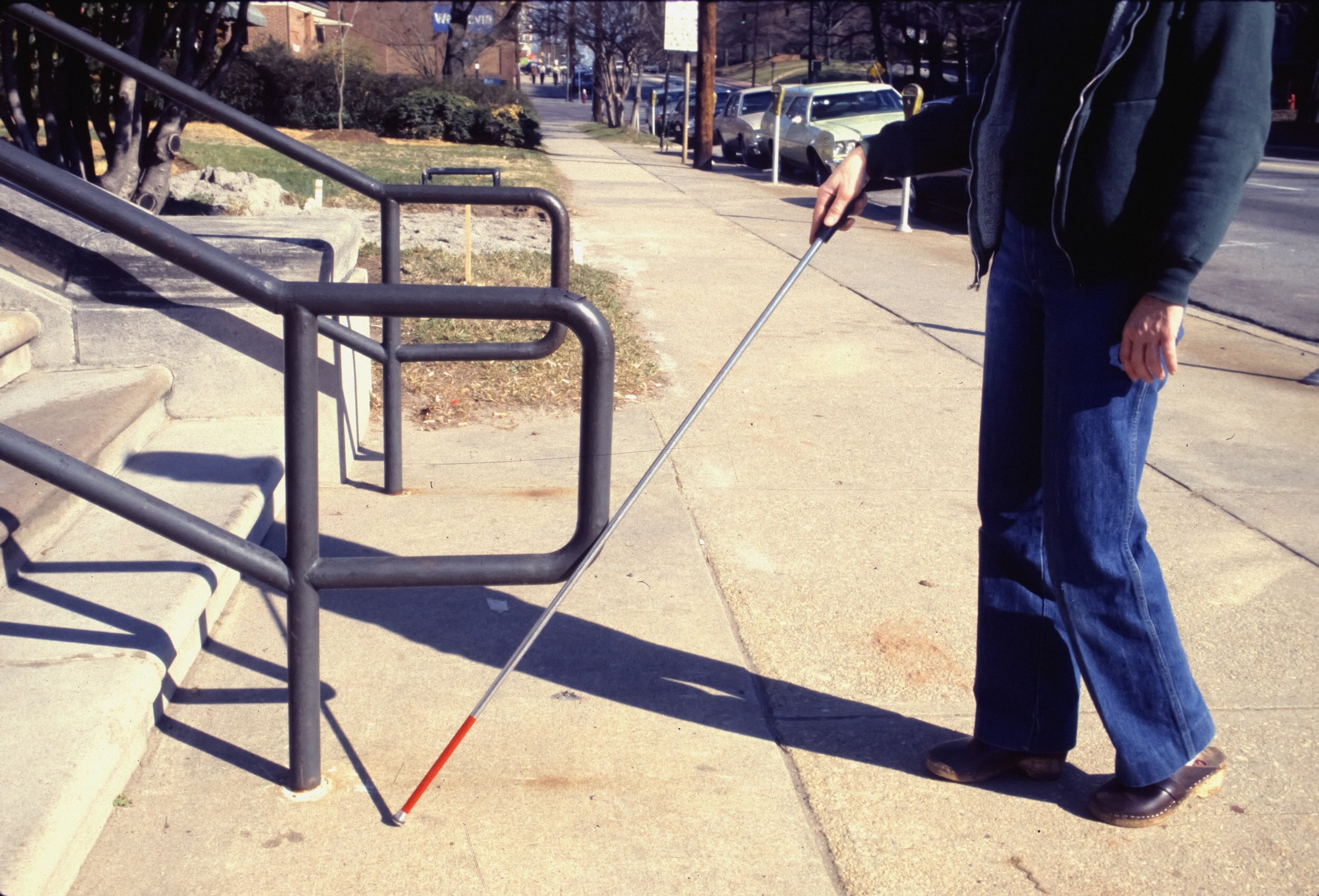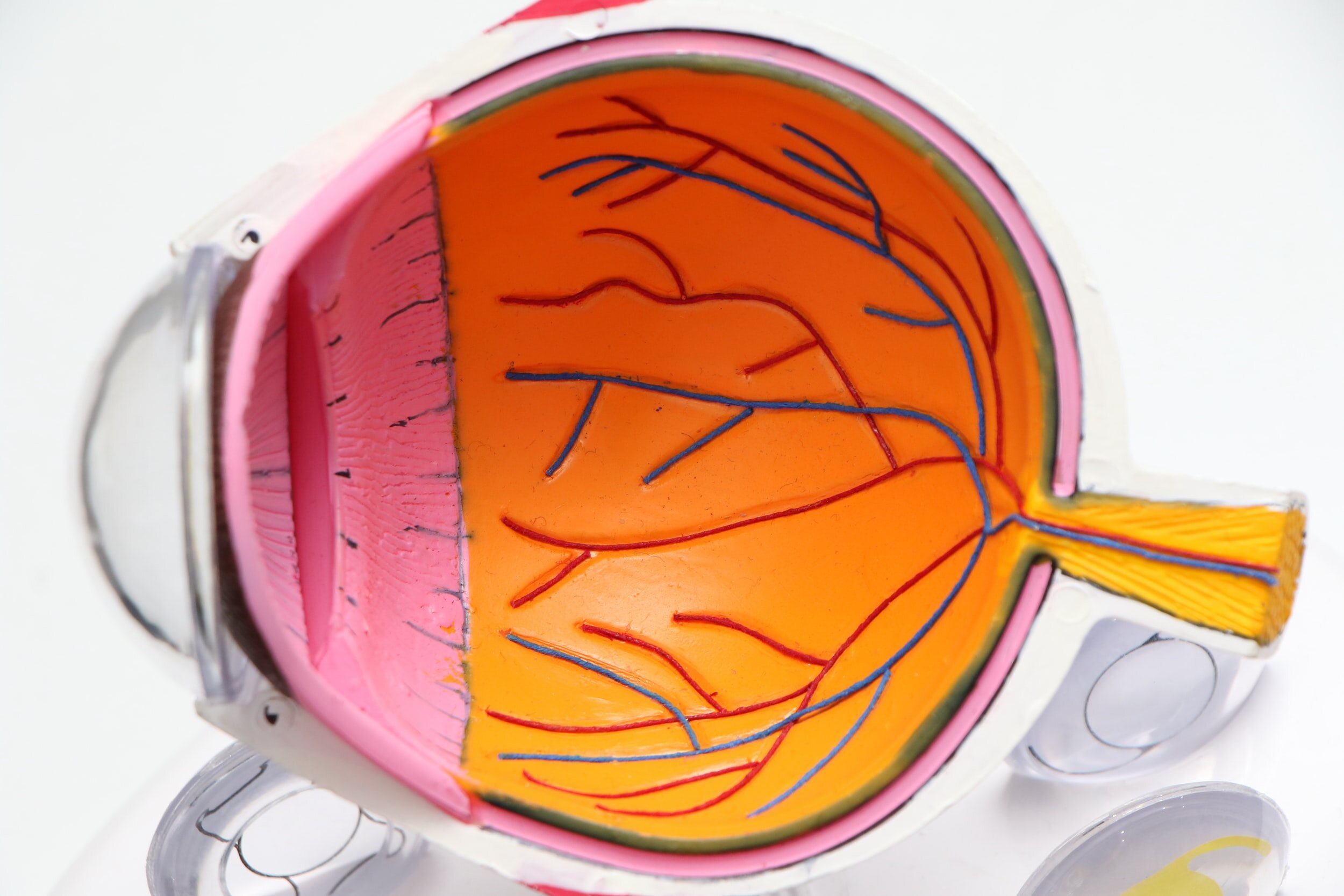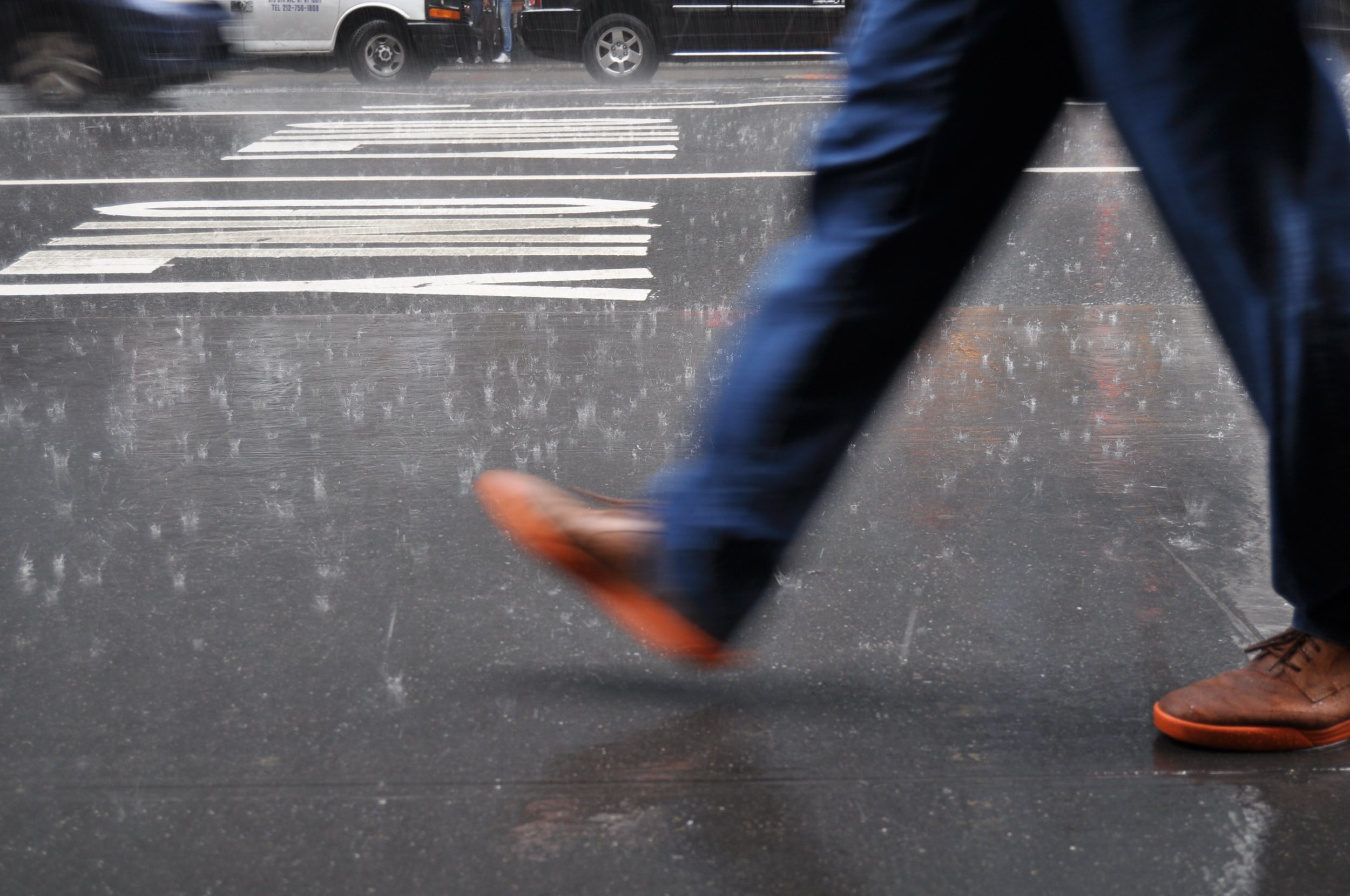
Low Vision is a visual disability that cannot be corrected with conventional glasses, medications, or surgery and which interferes with the ability to perform activities of daily living such as reading, dodging obstacles, and recognizing signs. It is seven times more common than blindness.
Mobility issues are the most disabling consequence of Low Vision, causing falls, injuries, dependency and isolation. Those problems are most severe when there is Peripheral Vision Loss (PVL), as happens in diseases like Glaucoma or Retinitis Pigmentosa.
Low Vision Affects 250 Million People Worldwide

It Can not be cured with medicine, surgey or regular glasses

Mobility Problems are the most disabling consequence, leading to falls, injuries and social isolation

Parameters
The percentage of vision that the person retains, also called ‘residual vision’, is defined by two parameters: acuity and visual field.
Acuity: ability to distinguish shapes and objects at a certain distance.
Visual Field: angle of view of each eye. Because of low vision, it can be reduced peripherally or vertically; in the central area or randomly in the form of spots.
Low vision can affect people in many different ways depending on the combination of these two parameters that manifest differently depending on the cause from which they originate.
Visual Acuity
Visual Field
Causes and Effects
Cataracts and Optic Nerve Hypoplasia (ONH) cause loss of visual acuity.
Macular Degeneration and Stargardt Disease affect the central field of vision.
Diabetic Retinopathy creates random distribution spots.
Retinitis Pigmentosa and Glaucoma cause loss of peripheral visual field.
Hemianopia can be caused by vascular accidents or trauma and causes the loss of the upper or lower visual field.
Albinism is related to loss of contrast.






